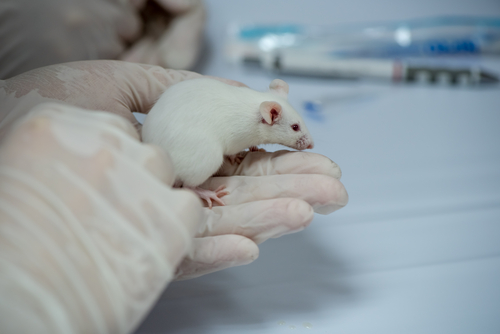Targeting Specific B-cells May Be Way of Treating Patients’ Chronic Eye Problems, Study Suggests

Abnormal marginal zone B (MZB)-cells in the lacrimal glands of the eye appear to drive the production of autoantibodies and cause the chronic “dry eye” symptoms patients with Sjogren’s syndrome experience, a study in mice suggests.
The research, “Dysregulated Marginal Zone B Cell Compartment in a Mouse Model of Sjögren’s Syndrome with Ocular Inflammation,” was published in the International Journal of Molecular Sciences.
Aggregates of immune cells in salivary and lacrimal glands — which produce saliva and tears — is a hallmark feature of Sjogren’s syndrome.
MZB cells are a kind of B-cell normally found in secondary lymphoid organs, like the spleen, but they may also be found in lymphoid tissue in the salivary gland and the lacrimal duct.
Normally, B-cells go through a checkpoint mechanism that eliminates autoreactive cells — those that react against the body’s own cells and tissues — but researchers suggest that such protective mechanisms might not regulate MZB cells in unusual locations.
Studies have identified MZB cells in the salivary glands of Sjogren’s patients, and implicated them in the production of autoantibodies that damage glands. But the presence of MZB cells in the lacrimal glands of these patients is not established.
Scientists used a transgenic mouse model of Sjogren’s syndrome that presents ocular manifestations similar to those found in patients, and develops Sjogren’s-specific autoantibodies.
In these mice, the frequency of MZB cells was increased in the spleen and lacrimal glands compared to normal animals. MZB cells in Sjogren’s mice also had high levels of the immune-related molecules interleukin-6 and -10, which was associated with antibody production against eye-derived proteins and other disease processes.
Results also showed that topical application of a thrombospondin-1-derived peptide (N1K), known to ease ocular symptoms in Sjogren’s syndrome, significantly reduced the antibody response against an eye-derived protein, and reduced the size of the MZB compartment of the spleen.
“Collectively, these results support a strong potential of MZB cells in generating an immune response against eye-derived antigens and suggest their potential contribution to SS [Sjogren’s syndrome]-associated ocular manifestations,” the scientists wrote.
“Thus, MZB cells likely represent a common therapeutic target that addresses SS pathology in both [spleen and lacrimal] exocrine glands,” they added. As MZB cells are key in the greater risk for lymphoma in Sjogren’s patients, the findings also suggest a new treatment target for lymphoma patients.






